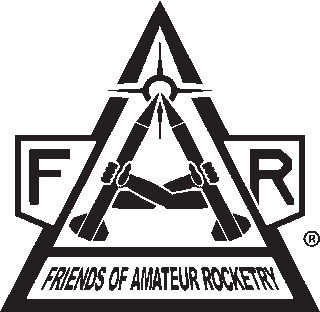Federal Aviation Administration (FAA)
Class 1 Rockets – Uses no more than 125 grams (4.4 ounces) of propellant. Uses a slow-burning propellant. Is made of paper, wood, or breakable plastic. Contains no substantial metal parts. Weighs no more than 1,500 grams (53 ounces) including propellant.
Class 2 Rockets – Rockets up to 9,208 pound-seconds total impulse. Class 2 rockets can launch to altitudes up to 250,000 feet AGL Saturday and Sunday, 18,000 feet MSL Monday through Friday, Sunrise to Sunset. A Class 2 rocket requiring more than 250,000-feet MSL requires a new FAA COA.
Class 3 Rockets – Rockets with more than 9,208 and less than 200,000 pound-seconds total impulse. Class 3 rockets can launch to altitudes up to 250,000 feet AGL Saturday and Sunday, 18,000 feet MSL Monday through Friday, Sunrise to Sunset. A Class 3 rocket requiring more than 250,000-feet AGL requires a new FAA COA.
AGL: Above Ground Level
MSL: Mean Sea Level
Bureau of Land Management (BLM):
Right-Of-Way to access our property.
Kern County Fire Department (KCFD):
Explosives Magazine Permit
Rocket Launch Permit
Kern County Health Services Department:
Environmental Health Permit
Bureau of Alcohol, Tobacco, Firearms, and Explosives (BATFE):
Explosive Manufacturing Permit
Federal Communications Commission (FCC):
General Mobil Radio Service
California State Fire Marshal (CSFM):
Pyrotechnic Operators Licenses
Class 3 -- Launch and Test Fire Commercial High-Powered and Hybrid Rocket Motors. Commercial means a rocket motor is fabricated by a company licensed by the CSFM.
Class 2 -- Launch and Test Fire Class 3 Rocket Motors; and Manufacture, Launch, and Test Fire Experimental Solid Rocket Motors. Experimental means fabricated by the user.
Class 1 -- Launch and Test Fire Class 3 and 2 Rocket Motors; and Manufacture, Launch, and Test Fire Experimental Motors of all types (Solid, Hybrid, Monopropellant, and Bipropellant Rocket Motors/Engines).
